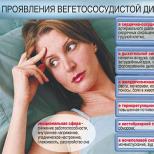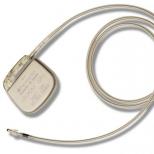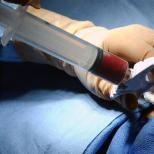Tachycardia - what is it and how to treat it. Causes and symptoms of cardiac tachycardia and why it is dangerous
In chronic myocardial diseases, the patient knows what cardiac tachycardia is. This is not a separate disease, but a symptom that reflects the specific condition of the patient. Getting rid of it is problematic; all that remains is to maintain the heart’s function with medications and undergo diagnostics.
What is tachycardia
Essentially, this is a rapid heartbeat that is felt spontaneously, unexpectedly. Doctors classify this pathological condition as a type of arrhythmia; they characterize the heart rate as more than 90 beats per minute. Heart disease tachycardia can manifest itself as fainting and dizziness, leading the patient to worrying thoughts about his health. Rapid heartbeat has a number of natural causes and is not considered a disease when associated with physical and emotional stress. However, it also occurs against the background of a progressive pathological process.
Types of tachycardia
Depending on a number of pathogenic factors, the disease can be physiological or pathological. In the first case, we are talking about a natural reaction of the body, in the second – about a disease that affects the cardiovascular system. Continuing to study the types of tachycardia, it is worth focusing on the sinoatrial node, which acts as a rhythm generator. The classification of pathology is as follows:
- sinus, in which the sinus node increases its activity;
- paroxysmal (ectopic), when the heart rate generator goes beyond the boundaries of the sinus node - it is concentrated in the atria.
Cause of tachycardia
For conservative treatment to ultimately be successful, the cardiologist’s task is not only to prescribe a number of medications, but also to conduct a full diagnosis to identify the main provoking factor. The underlying cause of tachycardia depends on the genetic predisposition, living conditions and state of the patient's nervous system. These are not all the prerequisites. An attack can be caused by:
- heart failure, predominant even in a latent form;
- myocardial infarction;
- myocarditis;
- pericarditis of one of the varieties;
- heart disease.
We should not exclude extra-cardiac factors, which also often underlie a health-threatening attack. This:
- congenital features of the myocardium;
- instability of the nervous system;
- endocrine disorders;
- cardiopsychoneurosis;
- infectious diseases with the presence of fever;
- long-term use of certain medications;
- emotional stress.
Why is cardiac tachycardia dangerous?
At first, the attack disappears without additional treatment, and is not accompanied by acute pain in the sternum area, but only causes a feeling of mild discomfort and disrupts the rate of normal breathing. In the absence of medical measures in case of extensive heart damage, serious health complications cannot be ruled out. Potential consequences of tachycardia may include the following:
- If increased heart rate is provoked by the physiological form of the disease, the clinical outcome is quite favorable. You just need to eliminate the factor that provokes the attack, and then remove the symptoms.
- With pathological factors, the risk of intracardiac hemodynamic disorder increases, exacerbation of heart failure, arrhythmic shock, pulmonary edema, cardiac asthma, ventricular fibrillation is possible.
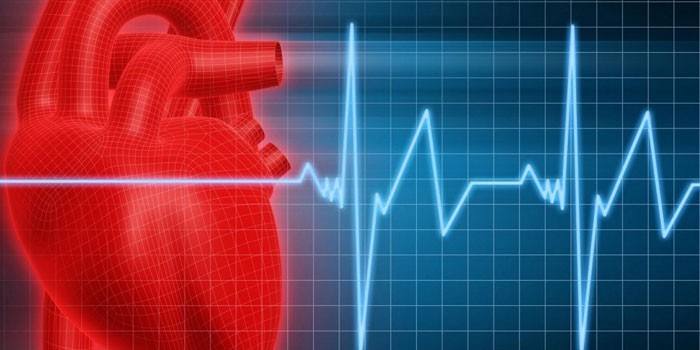
Tachycardia - symptoms
If electrical impulses arrive to the heart with disturbances, symptoms of tachycardia cannot be excluded, which first reduce the quality of life and then deprive them of rest. It all starts with an increase in heart rate and a feeling of heaviness in the myocardium. The patient does not fully understand what sinus tachycardia means, so he suffers from discomfort on his legs. The following symptoms will help differentiate the diagnosis:
- general weakness;
- dyspnea;
- lack of air;
- dizziness;
- insomnia;
- lack of appetite;
- a sharp decrease in performance.
Sinus tachycardia of the heart
Symptoms depend entirely on the general state of cardiac activity and the type of characteristic ailment. For example, sinus tachycardia of the heart, which is more common in adult patients, is manifested by a heart rate of more than 100 beats per minute. It is impossible not to notice such a deviation; moreover, additional signs of this disease are as follows:
- feeling of your own heartbeat, which is complemented by nausea;
- paroxysmal chest pain;
- shortness of breath, acute lack of air;
- dyspnea;
- depressed state.
Paroxysmal tachycardia
Paroxysms appear spontaneously, and it all begins with a sharp jolt in the heart. After this, the heart rate rapidly increases to 140-220 beats per minute, while maintaining the correct heart rhythm. An acute attack of tachycardia is complemented by a distinct noise in the head and a pressing sensation in the sternum. Additional signs of the pathological process are:
- hemiparesis;
- aphasia;
- increased sweating;
- flatulence;
- frequent dizziness, fainting;
- a sharp drop in blood pressure;
- increased frequency of fainting;
- confusion.
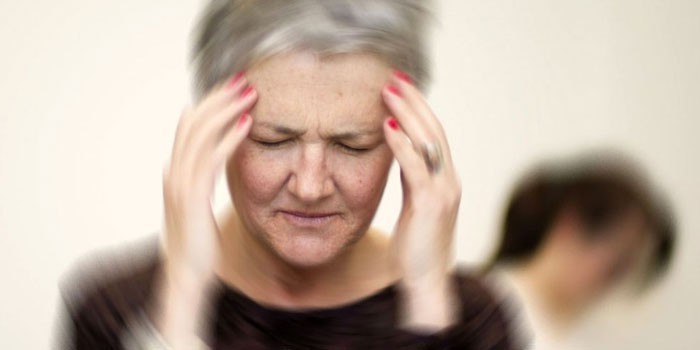
How to treat tachycardia
Ventricular tachycardia progresses against the background of extensive heart disease, therefore, in the absence of timely treatment, the clinical outcome is unfavorable. To clarify the diagnosis and identify pathogenic factors, the cardiologist prescribes echocardiography, daily ECG monitoring and cardiac MRI. Successful treatment of tachycardia begins after receiving the results and includes the following therapeutic measures:
- review the daily diet, adhere to the dietary menu;
- eliminate physical, psycho-emotional stress;
- taking sedatives, thyreostatic drugs, β-blockers, calcium antagonists
- transvenous RFA of the heart in the absence of positive dynamics of conservative treatment;
- implantation of a pacemaker.
Medicines for tachycardia
Having found out what causes tachycardia, the doctor prescribes a course of medications. The list of medications depends on the nature, intensity and etiology of the pathological process. Effective medications for tachycardia after echocardiography belong to the following pharmacological groups:
- Beta blockers: Concor, Egilok, Adenosine, Verapamil, Anaprilin, Ritmilen.
- Glycosides: Digoxin, Cordarone.
- Sedatives: Diazepam, Relanium, Phenobarbital.
- Sedatives of plant origin: Valerian, hawthorn, motherwort (tinctures).
Traditional treatment of tachycardia
To determine the nature of the pathology, doctors conduct an electrophysiological study to identify the paths of impulses to the myocardium. In addition to EPI, magnetic resonance imaging is prescribed, which helps clarify the intended diagnosis. After this, medications from the above pharmacological groups are taken.
Alternative treatment for tachycardia is possible, which includes the following effective recipes. Dried herbs of valerian, motherwort or hawthorn are infused with vodka, and then intended for oral administration in the amount of 20 drops at a time. You are supposed to drink the tincture three times a day. The course of such therapy for progressive tachycardia is 14 days.

Tachycardia in children
This health problem is common in childhood – most often under 10 years of age. A Holter electrocardiogram can identify the cause of the disease, after which treatment is prescribed. More often, tachycardia in children is physiological in nature, so it is necessary to eliminate the provoking factor, and the general condition of the child is normalized. It would not be superfluous to take sedatives of herbal origin.
Fetal tachycardia
If a pregnant woman suffers from diseases of the endocrine, respiratory or cardiovascular systems, it is understandable why fetal tachycardia occurs. Drug therapy has a beneficial effect in the supraventricular form of the characteristic disease. However, only a cardiologist can prescribe medications according to indications. If you are predisposed to the problem of tachycardia, it is better to find out what it is when planning a pregnancy.


